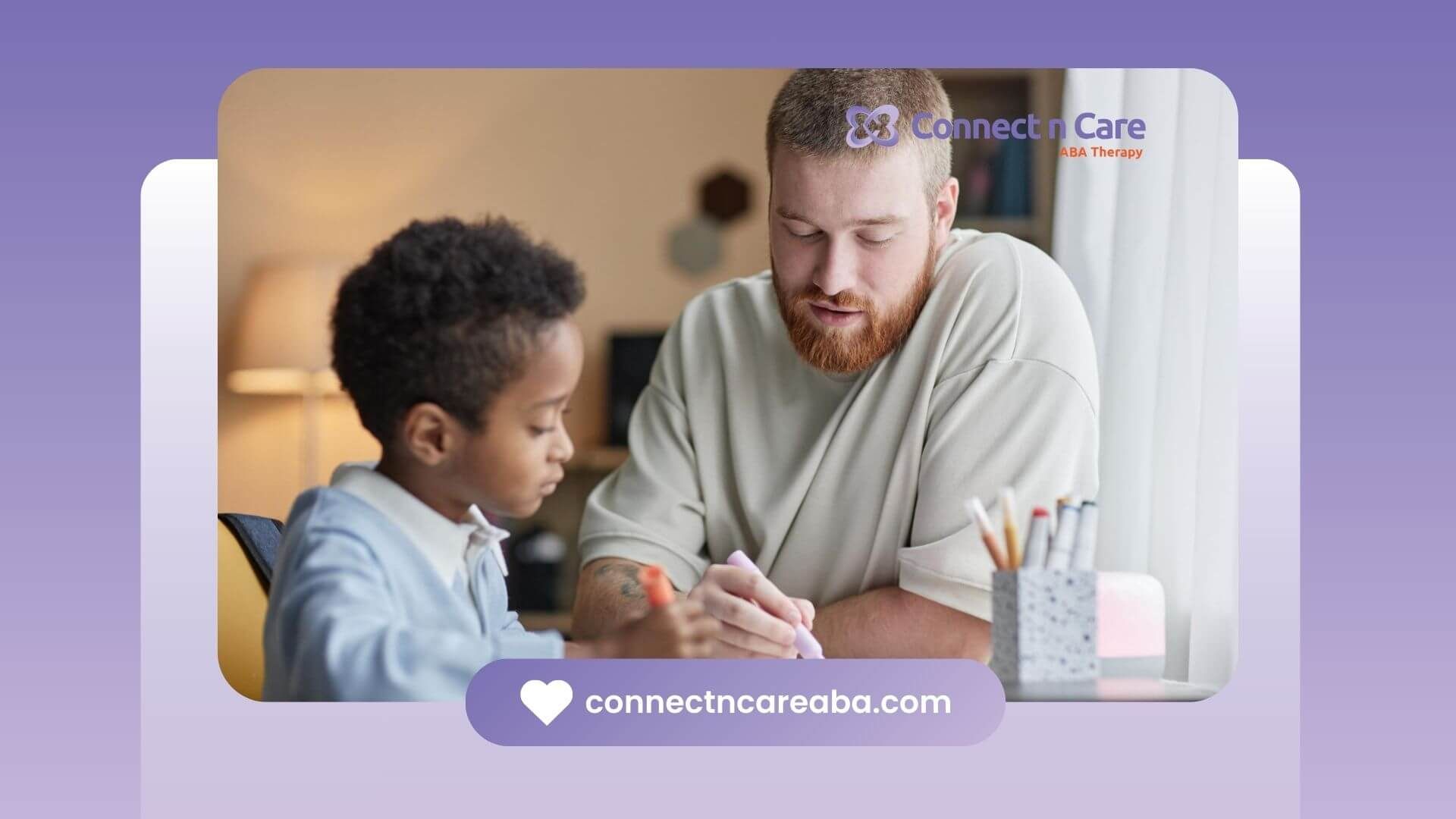Autistic children play differently due to sensory sensitivities, social communication challenges, and focused interests. Their play often involves repetitive actions, solitary activities, and unique ways of exploring toys and environments.
Sensory and Repetitive Play
Many autistic children have
sensory sensitivities—some are overwhelmed by loud noises or certain textures, while others seek strong sensory input like spinning or jumping. This affects how they play, often preferring repetitive actions like lining up toys or spinning objects, which provide comfort and predictability.
Social Play Differences
Challenges with understanding nonverbal cues and joint attention mean autistic children may prefer solitary play or parallel play rather than group games. They might struggle with turn-taking and sharing, but with support, they can engage in structured social play using visual aids and clear routines.
Exploratory and Imaginative Play
Autistic children often explore objects deeply, focusing on specific parts or sensory features. While pretend play might look different or less elaborate, many enjoy symbolic play in their own way, such as using objects as stand-ins or recreating favorite themes.
First-Hand Insight
Parents often observe that their child’s play is intense and focused. One parent shared, “My daughter spends hours arranging her toy cars just right. It’s her way of making sense of the world.” Studies confirm
autistic children spend less time in flexible play but gain comfort from predictable routines.
Understanding how do autistic children play? Helps caregivers create supportive environments that respect their needs and interests. At Connect n Care ABA, we tailor play-based therapies to nurture skills and joy in every child. Ready to explore your child’s unique play style? Contact us today to start a personalized plan.
FAQ
How do autistic children play differently?
They often engage in repetitive, sensory-focused, and solitary play due to sensory and social differences.
Can autistic children play with others?
Yes, but they may need support with social cues, turn-taking, and joint attention.
How can caregivers support autistic children’s play?
By creating sensory-friendly environments, using visual supports, and incorporating their interests into play.









